Keeping warm in winter
Your jumper should be a cheerful fashion statement first, not a first-line accessory for keeping warm in a house that’s too cold in the winter.
Choosing the Right Heating Fuel Option for Your Home
The right heating fuel can make all the difference not only to your physical comfort but to your financial comfort as well. If you think your heating bills are too high, it might be a sign you’re using the wrong kind of fuel.
Given that heating and cooling can account for 40% of your average household energy use, making the right fuel choice can save you a lot of money.
Here are four considerations when choosing the right heating fuel option for your home:
1. Your climate
Sydney’s Inner West and Eastern suburbs enjoy a mild climate where heaters are used only during winter and part of autumn. With many homes short on space, homeowners may initially prefer underfloor or ducted heating, but these heating choices often turn into silent energy guzzlers because they are not turned off and heat unused rooms.
2. Options for different heating areas
A small area will require a small heater whose cost is low but which will be expensive to run. For larger areas, you will need a larger heater, but one that runs efficiently and at a low cost to you. NOTE: Regardless of space, a lack of insulation or big glass windows will require a larger heater.
Different forms of heating are best in different circumstances:
- Large Rooms/High Ceilings: a combination of radiant and convective heating is best.
- Small Rooms: space convective heating is effective.
- Large/Draughty Rooms and Bathrooms: radiant heating works best.
3. Choose the right fuel for you
Okay, we’ve considered your climate and heating area options. Next, let’s look at the fuel options themselves. Then ask yourself …
Is natural gas available in your street? What will be the cost of the fuel you will use? What will be the environmental impact of the fuel you choose?
You have three choices here: electricity, natural gas, and solid fuel (wood, for example).
With electricity
With Solid Fuels
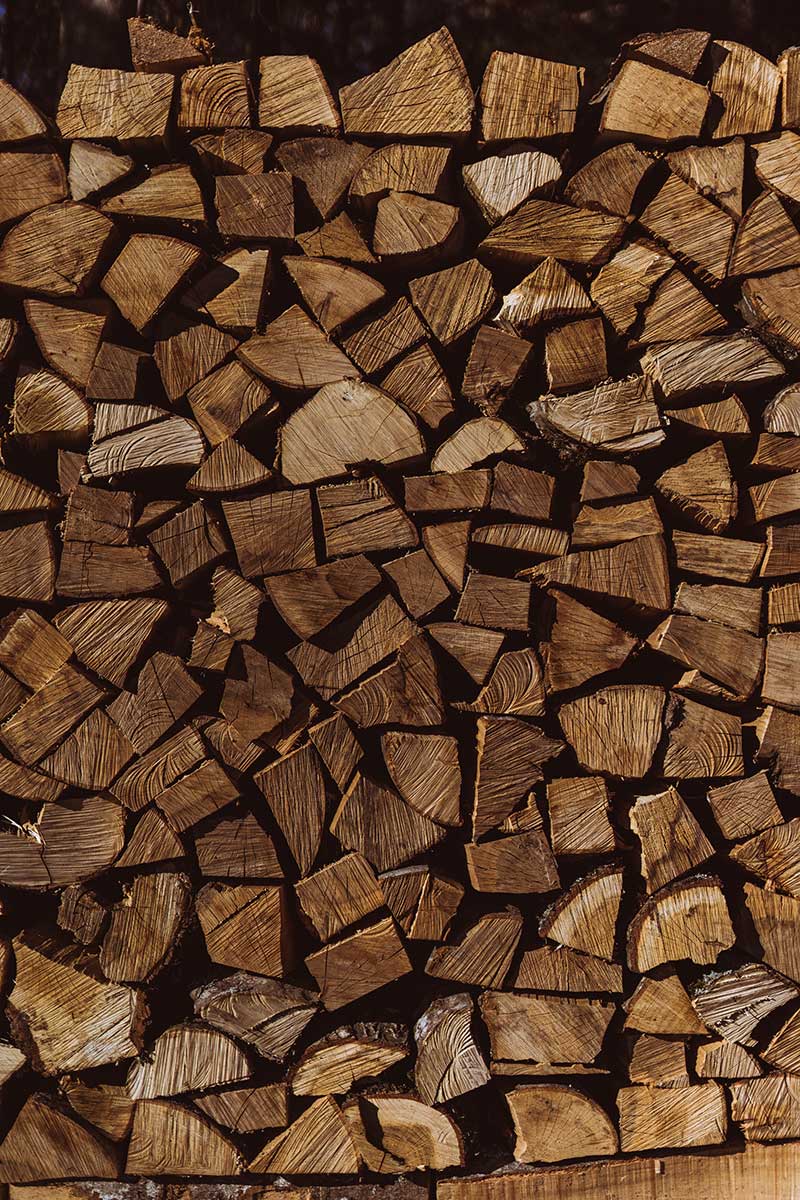
With natural gas
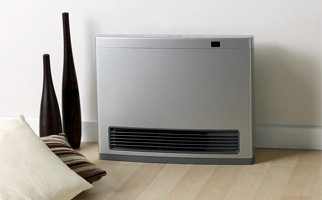
4. Choose the proper type of heater
You need to know what types of heaters make sense! You also need to determine what and who you wish to heat — do you want to provide heat to just an individual person, or to a room, or to an entire house?
Electric Heaters
- Bar and fan heaters are usually personal heaters; bar heaters radiate heat from an electrically-heated element whilst fan heaters are small and blow out the heat. These are good in a bathroom.
- Oil-filled column heaters contain electrically-heated oil inside their columns and are dependent upon air-flow to heat a room. A fan may be used to keep the air in a room circulating. Running one of these can cost the same as running 25 TVs!
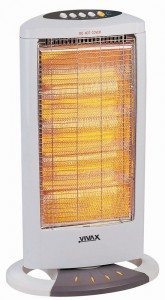
Solid Fuel Heaters
- Open fireplaces offer a high romance factor, but low efficiency. 85% to 90% of the heat produced by burning wood exits the chimney rather than radiating heat where needed.
- Radiant Wood Fired Heaters. These can be efficient if centrally located in rooms with high ceilings. Expect 60-70% efficiency.
- Convective Wood Fired Heaters are very efficient and environmentally friendly.

Also don’t forget to switch to GreenPower from accredited renewable energy providers.
Gas Heaters
- Centralized gas heat is the overall the most sensible heating system. It is less expensive, less cumbersome, and more environmentally friendly than either electric or solid fuel heat. But as with portable heaters, it can use more energy when the whole house is heated rather than just the rooms in use.
- Flued heaters, are a good option as there are no emissions into the space being heated. They are thermostat-controlled and have different heating modes, which reduces energy costs, and offer various installation options – but remember, installation of such heaters is permanent.
- Portable non-flued heaters, obviously, offer portability, but care is needed for the ventilation of emissions as these heaters are vent-free. They can provide convective and/or radiant heat. These heaters must also be kept clean and ought to be shut off when the homeowner is asleep. Improperly used or maintained portable non-flued heaters can emit carbon monoxide or excessive carbon dioxide (they MUST be serviced annually – we can help). They can be a problem for asthmatics.
- Gas log flame fires are the fastest-growing type of heater used in Australia. They can be freestanding … they can be installed in existing masonry fireplaces (where, usually, no flueing is necessary) … or they can be built-in as a mock or false fireplace.
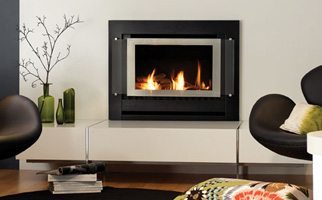
Best Choices for Today’s Open-Plan Living
Homeowners have embraced open-plan living, but heating such large spaces can be a challenge.
The use of flued gasheaters, where fumes are released or pushed outside, offers an efficient and effective option for a large area. Add a fireplace effect and you have an environmentally- friendly home while retaining the cosiness of a log fire.
Unflued gas heaters deliver quick, energy-efficient and comparatively inexpensive warmth to individual rooms in your home. They have a capacity of up to 25MJ/h (megajoules per hour) – which is equivalent to more than 6kW of electric heating – the same as you would get from three 2kW electric heaters – and though they’re much more expensive to buy than portable electric heaters, they’re much less expensive to run.
Thinking gas for home heating? Give Pipe Perfection a call today. We can install non-flued, power flued heaters, and provide the gas service for a gas log flame fire.
Call us 1300 007 473
Tips for Keeping Warm this Winter
- Add blinds (good) or curtains (best) to your windows
- Throw rugs on bare floors
- Seal gaps around windows, skirting boards, air vents, and doors that let in draughts
- Use draught stoppers such as a door snake or even a rolled-up towel
- Close doors to unoccupied rooms
- Don’t overheat your house – you don’t need to be walking around in a t-shirt! About 18 to 21 degrees is comfortable for most people.
- Position your furniture to deflect or avoid draughts
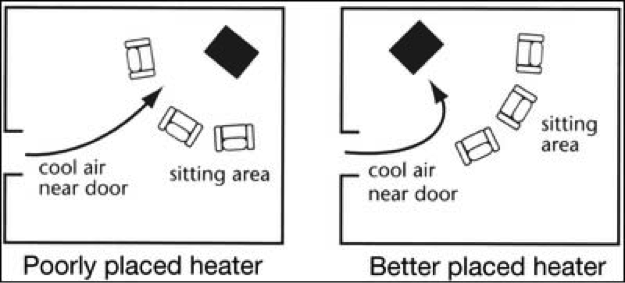
- Review your fuel choices based on availability in your area … cost of installation and ongoing service … suitability for your climate and lifestyle … and its environmental impact
- Evaluate your heater based on the size of your home and the number of rooms and people to keep warm.
